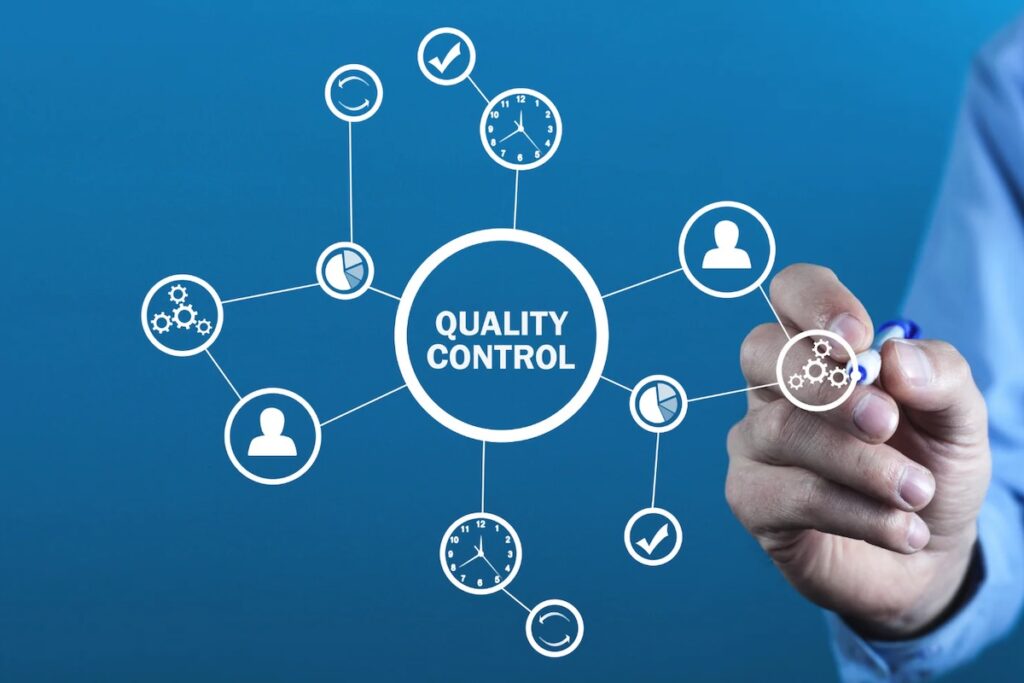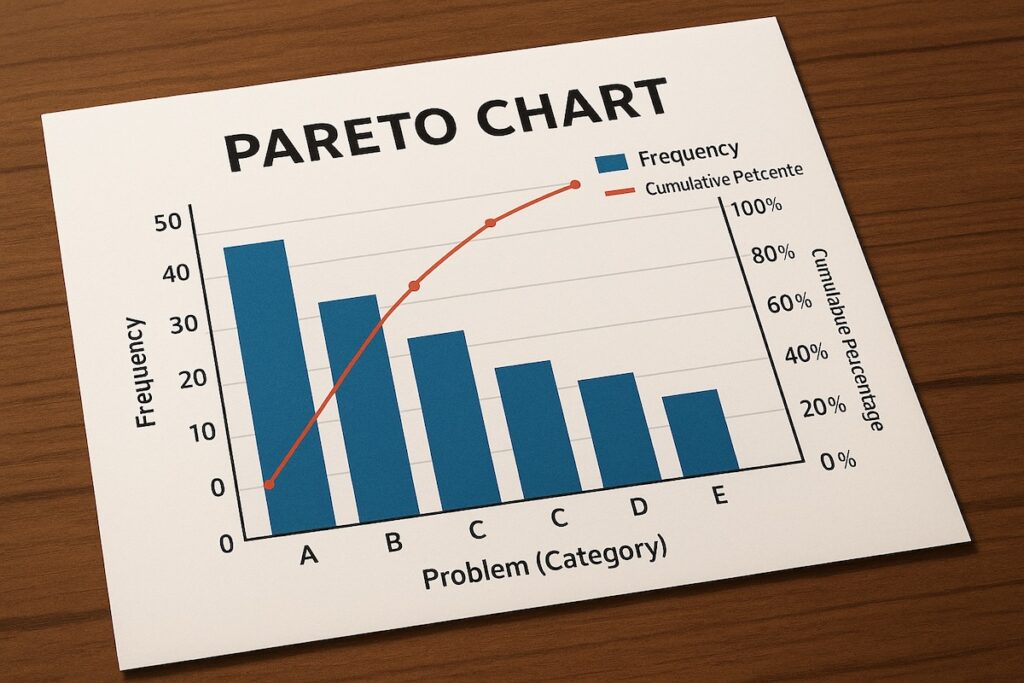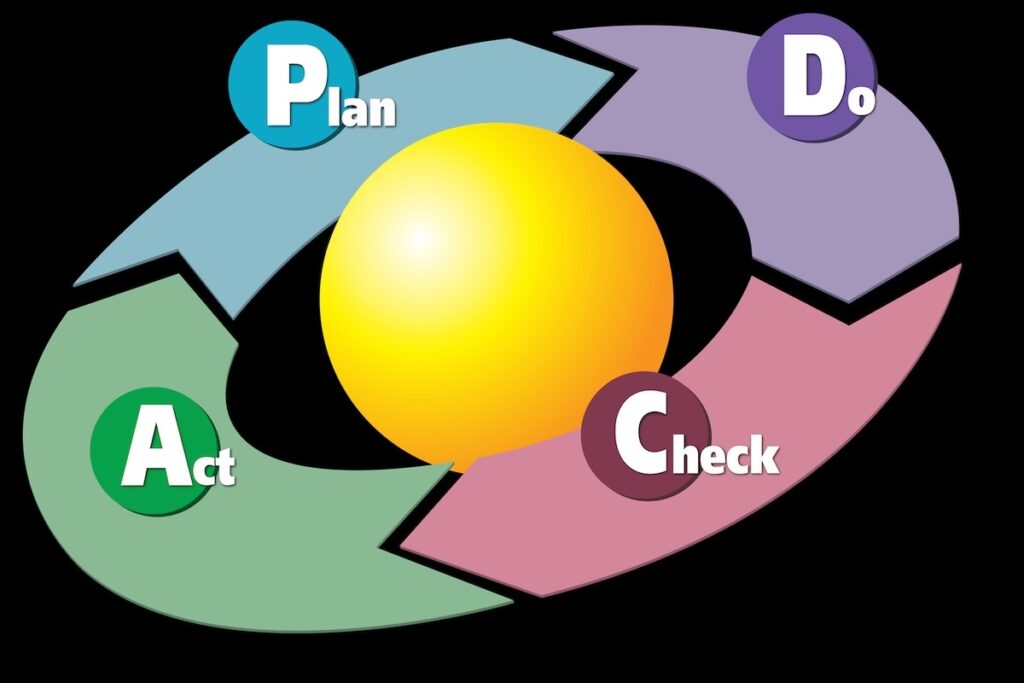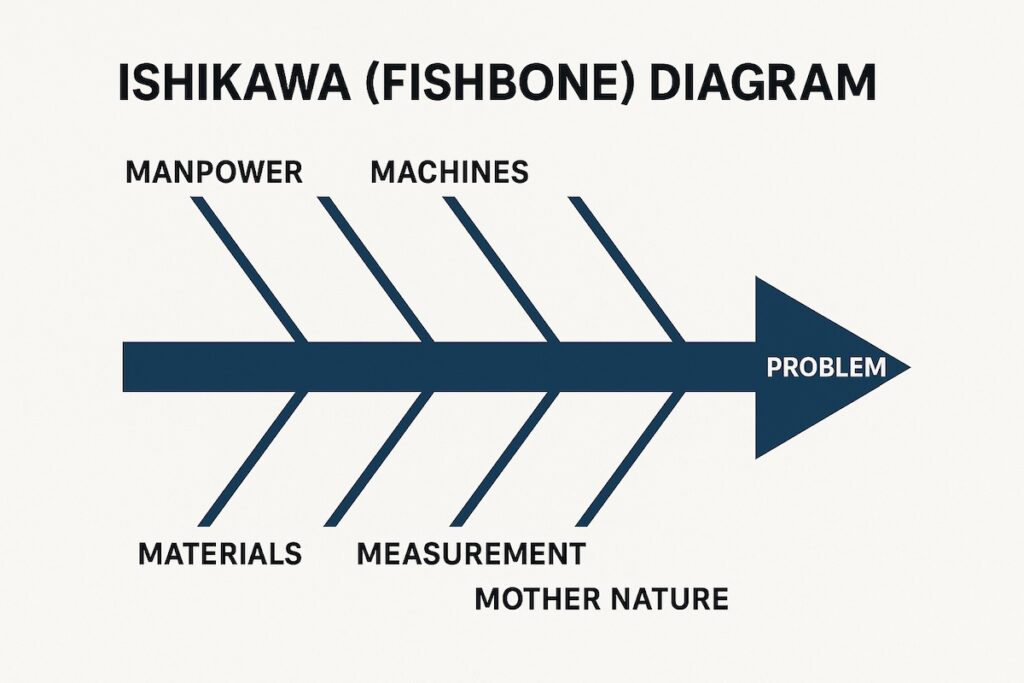The 5 Whys: A Simple Tool for Uncovering the Real Cause of Project Quality Issues
In high-stakes projects—especially in public-sector programs, infrastructure initiatives, and mission-critical IT systems—recurring quality issues are more than operational annoyances. They are signals of underlying problems that, if ignored, can erode performance, inflate costs, and compromise stakeholder confidence. One of the simplest and most effective tools I’ve used to address these issues is the 5 Whys technique: a […]
The 5 Whys: A Simple Tool for Uncovering the Real Cause of Project Quality Issues Read More »







